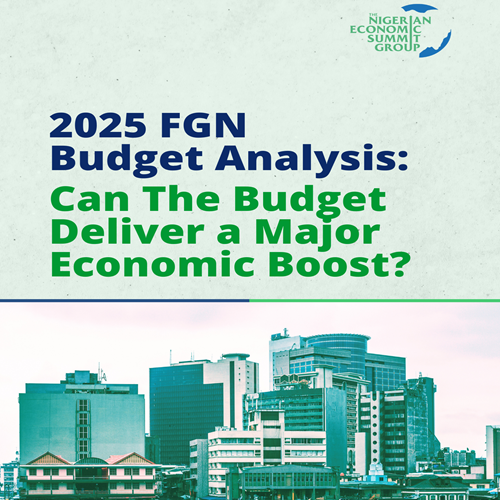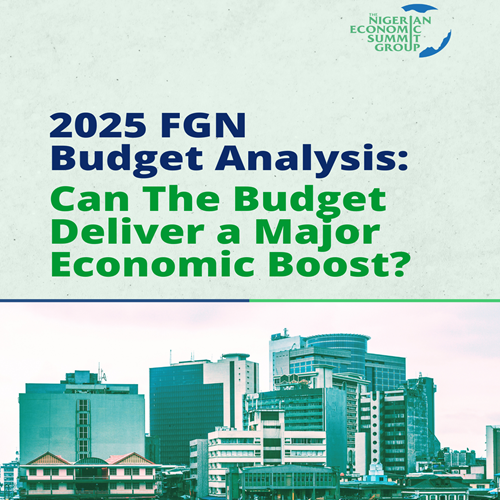Posted Thu, Aug 24, 2023 12:58 PM
The pre-hearing procedures within the context of election petitions in Nigeria
_1692881880.jpeg)
The pre-hearing procedures within the context of election petitions in Nigeria are crucial for establishing the jurisdiction of the Election Tribunal, addressing preliminary objections, setting timelines, and clarifying the issues to be addressed during the main hearing. These procedures ensure that the subsequent proceedings are conducted in an organized and efficient manner, contributing to the fair and timely resolution of electoral disputes. See key processes
1. Filing of the Petition: The pre-hearing procedures begin after the aggrieved party files an election petition with the appropriate Election Tribunal within the stipulated time frame following the declaration of election results by the Independent National Electoral Commission (INEC).
2. Pre-Hearing Session: The Election Tribunal typically convenes a pre-hearing session after the petition has been filed. During this session, the tribunal reviews the petition and related documents to ascertain its validity and jurisdiction. It may also address preliminary objections raised by the parties involved, such as jurisdictional challenges, issues with the form of the petition, or other procedural matters.
3. Determining Jurisdiction: One of the key purposes of the pre-hearing session is to determine the tribunal's jurisdiction over the petition. The tribunal examines whether the petition has been filed within the prescribed time frame and whether it meets the legal requirements for jurisdiction. If the tribunal finds that the petition is valid and falls within its jurisdiction, it proceeds with the next steps.
4. Parties' Representation: During the pre-hearing session, the parties involved in the dispute are expected to present their legal representatives. These representatives may include lawyers who will present legal arguments on behalf of the petitioners and respondents. Adequate legal representation ensures that the parties' interests are properly articulated and that the proceedings adhere to established legal procedures.
5. Scheduling and Timelines: The tribunal may establish a schedule for the subsequent proceedings, including the exchange of pleadings, submission of documents, and setting dates for the main hearing. Timelines are crucial to ensure that the proceedings progress efficiently and that the dispute is resolved within the legal time limits.
6. Preliminary Objections: If there are any preliminary objections raised by the parties, such as challenges to the admissibility of the petition or questions about the tribunal's jurisdiction, these objections are addressed and ruled upon during the pre-hearing session. The tribunal's decisions on these matters impact the subsequent course of the proceedings.
7. Clarification of Issues: The pre-hearing session allows the tribunal to identify the key issues and claims presented in the petition. This clarification helps streamline the proceedings and ensures that both parties understand the scope of the dispute.
8. Framing of Legal Issues: Based on the parties' arguments and the nature of the dispute, the tribunal may frame specific legal issues that need to be addressed during the main hearing. These legal issues serve as a guide for presenting evidence and making legal arguments in a focused manner.
9. Direction for Further Proceedings: At the conclusion of the pre-hearing session, the tribunal provides directions to the parties on the next steps of the proceedings. This may include instructions for the exchange of pleadings, submission of documents, and any other pre-trial activities.
Find a blog post
Latest Releases

2025 FGN Budget Analysis: Can Th .. Read
9 hours ago

2025 FGN Budget Analysis: Can Th .. Read
9 hours ago

Development as Attitude: A Natio .. Read
2 days from now
